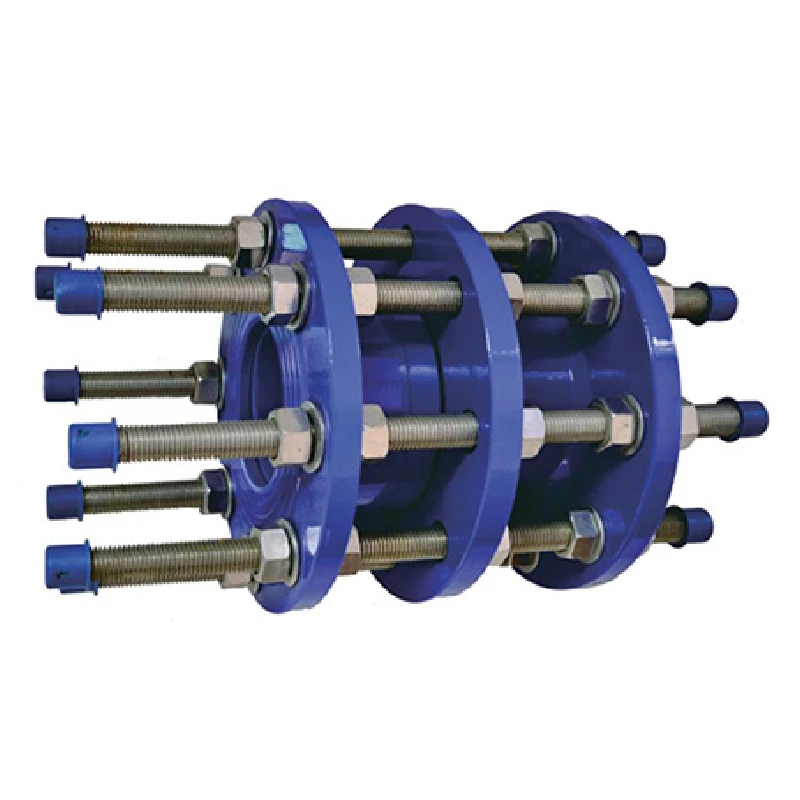Nov . 28, 2024 02:26 Back to list
Understanding Y Type Strainers and Their Applications in Fluid Systems
Understanding Y Type Strainers Essential Components for Fluid Systems
In the domain of fluid handling systems, the importance of consistent and efficient operation cannot be overstated. Various components contribute to this efficiency, and among them are strainers, specifically Y type strainers. These specialized devices play a crucial role in protecting pumps, valves, and other components from damage due to debris and particulate matter that can be present in fluids.
What is a Y Type Strainer?
A Y type strainer is a type of filtration device characterized by its “Y” shaped design, which allows it to be installed in any pipeline orientation, either horizontally or vertically. This unique shape aids in the efficient flow of fluids while capturing unwanted particles. Typically made from robust materials such as stainless steel, cast iron, or bronze, Y type strainers are well-suited for a variety of applications, including water supply, chemical processing, and HVAC systems.
Functionality and Design
The primary function of a Y type strainer is to filter out solid particles from liquids or gases. When fluid flows through the strainer, it passes through a fine mesh or screen that traps unwanted debris. The design of the strainer not only helps in maintaining the desired flow rate but also minimizes pressure loss across the strainer, ensuring efficient operation of the entire system.
One of the notable features of Y type strainers is their ease of maintenance. They are equipped with a removable and cleanable screen, allowing operators to quickly remove and clean the filter without needing to disassemble the entire system. This feature is particularly beneficial in systems where downtime can be costly or detrimental.
Applications of Y Type Strainers
y type strainer

Y type strainers are widely used in various industries due to their versatility. They are commonly found in
1. Water Treatment Plants To filter out sediments and protect downstream equipment. 2. Chemical Processing To ensure that contaminants do not enter the sensitive processes that can lead to costly production errors. 3. HVAC Systems To protect pumps and valves from corrosion and damage caused by debris. 4. Food and Beverage Industry To maintain hygiene and prevent contamination during processing.
The ability of Y type strainers to operate effectively across different fluids—from water and oil to highly viscous liquids—further underscores their importance in industrial applications.
Comparing Y Type Strainers with Other Strainer Types
While Y type strainers are popular, they are not the only option available. Other types of strainers, such as basket strainers and cartridge strainers, serve similar purposes but are designed for different applications. For instance, basket strainers can hold more debris but may require more space, while cartridge strainers provide a more compact solution but may need more frequent replacements. The choice between these options depends on the specific needs of the installation, including flow rates, space constraints, and the type of debris to be filtered.
Conclusion
In conclusion, Y type strainers are essential devices in fluid handling systems, offering reliable filtration to protect valuable equipment from damaging particles. Their unique design facilitates effective maintenance and adaptability in various applications, making them a staple in industries ranging from water treatment to chemical processing. Understanding the importance and functionality of Y type strainers is crucial for engineers, operators, and anyone involved in the maintenance of fluid systems, ensuring optimal performance and longevity of critical components. Investing in quality strainers can lead to significant operational efficiencies and cost savings over time, making them a wise choice for any fluid handling system.
Share
-
Reliable Wafer Type Butterfly Valves for Every IndustryNewsJul.25,2025
-
Reliable Flow Control Begins with the Right Ball Check ValveNewsJul.25,2025
-
Precision Flow Control Starts with Quality ValvesNewsJul.25,2025
-
Industrial Flow Control ReliabilityNewsJul.25,2025
-
Engineered for Efficiency Gate Valves That Power Industrial PerformanceNewsJul.25,2025
-
Empowering Infrastructure Through Quality ManufacturingNewsJul.25,2025